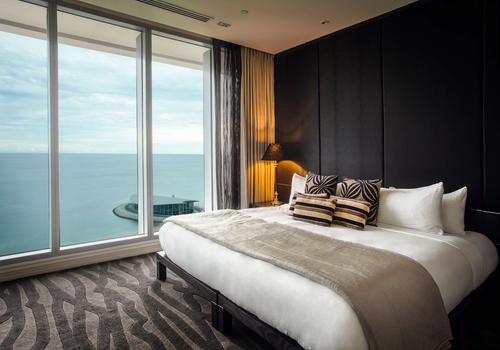Navigating Safety in Papua New Guinea A Traveler’s Guide
Papua New Guinea PNG), with its diverse cultures and breathtaking landscapes, is a destination that beckons the intrepid traveler. However, safety concerns often arise when planning a journey to this Pacific nation. This article aims to provide a comprehensive overview of safety in Papua New Guinea, offering insights and tips to ensure a secure and enjoyable trip.
Is it safe to travel around Papua New Guinea? Safety is a major concern for travelers, particularly in areas with different social and safety standards.
Understanding the Safety Landscape in PNG
Papua New Guinea is a country of contrasts, where traditional tribal life coexists with modern urban centers. Like any travel destination, PNG has areas that are safer than others, and understanding this landscape is key to planning a safe trip.
Urban vs. Rural Areas
The safety concerns in Papua New Guinea vary significantly between urban and rural areas. Cities like Port Moresby, Lae, and Mount Hagen have reputations for higher crime rates, including petty theft and, occasionally, more serious crimes. In contrast, rural and remote areas, where traditional lifestyles prevail, tend to be safer, but accessibility and emergency services can be limited.
Safety Tips for Travelers
- Research and Plan: Before your trip, research the areas you plan to visit. Understanding the local context and current safety advisories is crucial.
- Use Reputable Tour Operators: When exploring PNG, especially for trekking or visiting remote areas, use reputable local guides and tour operators. They offer invaluable knowledge about safe routes and local customs.
- Stay Alert in Cities: In urban areas, be cautious with personal belongings and avoid displaying valuables. It’s advisable to avoid walking alone at night or in poorly lit areas.
- Respect Local Customs: PNG is home to a myriad of cultures and traditions. Respecting local customs and dressing modestly can help avoid unintended offenses.
- Health Precautions: Ensure you have the recommended vaccinations and take precautions against malaria and other tropical diseases common in the region.
- Travel Insurance: Make sure you have comprehensive travel insurance that covers medical evacuation, as medical facilities in PNG can be basic, especially in remote areas.
- Emergency Preparedness: Be aware of the nearest embassies or consulates and have a plan for emergencies. Keeping important contacts handy is always a good practice.
Understanding the Cultural Context
Papua New Guinea’s diverse cultural tapestry is one of its greatest attractions. However, the cultural norms can be vastly different from what many travelers are accustomed to. Being aware of and sensitive to these differences is not only a matter of respect but can also enhance personal safety.
The Role of Community
Community plays a central role in PNG society. Engaging with local communities and understanding their way of life can be one of the most rewarding aspects of your trip. Often, locals are friendly and willing to help, which can be invaluable in navigating safety concerns.
The Positive Side
While safety considerations are important, it’s also vital to note the positive aspects of traveling in PNG. Many visitors have safely explored the stunning landscapes, engaged with friendly local communities, and experienced the rich cultural heritage without incident.
Conclusion
Traveling in Papua New Guinea does require careful planning and awareness regarding safety. By taking appropriate precautions, respecting local cultures, and staying informed, travelers can safely experience the incredible diversity and beauty that PNG has to offer. Remember, the key to a successful trip lies in preparation and understanding, paving the way for an enriching and memorable journey.











